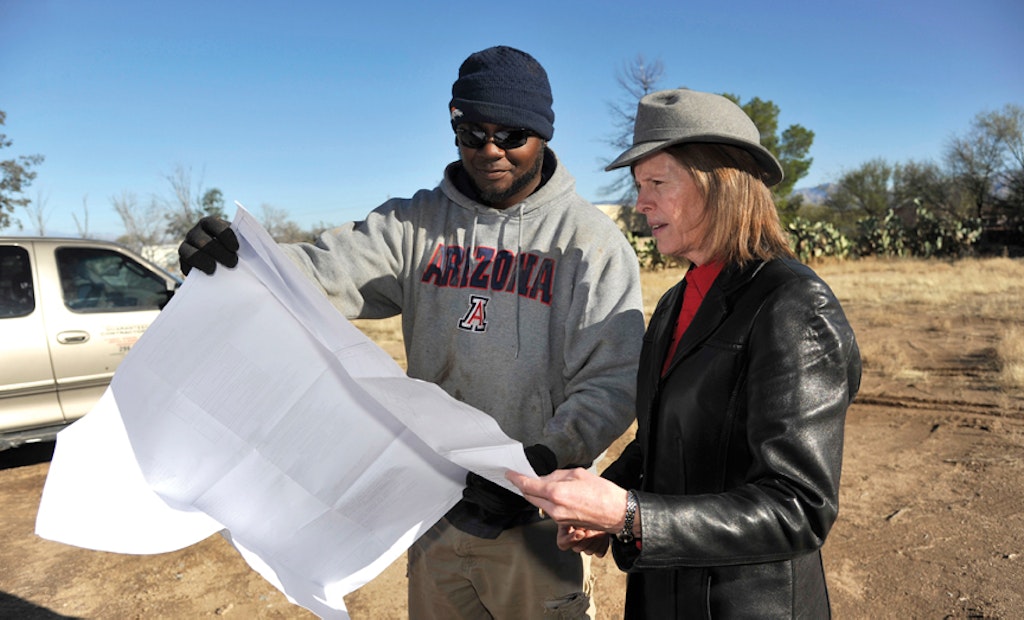
Interested in Systems/ATUs?
Get Systems/ATUs articles, news and videos right in your inbox! Sign up now.
Systems/ATUs + Get AlertsIn this series we’ve examined the relationship between septic system inspectors and installers, noting that the two professions approach a job from different angles: the inspector from government and the installer from free enterprise. Part three of this series examined the importance of gaining personal respect on both ends as the inspector and installer work toward a mutual goal.
Now, we’ll look at the complexity of inspection requirements, which must be met before a permit is issued.
Every jurisdiction is different, but in general, regulations can be categorized as federal, state or local, which includes city and county guidelines.
I suggest that local regulations also be divided into three categories:
- Those written by authorities, such as the city council or commissioner’s court.
- Those written by the applying entity, such as the local health department or public works.
- Those that are unwritten and enforced by the inspector.
All of these regulations are subject to interpretation. The inspector interprets rules and requirements differently, and different inspectors have different interpretations. In fact, the same inspector might, occasionally, change his interpretation of a specific rule if an unexpected problem arises. Installers need to be prepared for these changes in unwritten rules if problems arise.
There are also distinctions between rules and procedures, which can be written or unwritten.
Procedures are requirements that an inspector places on an installer that are not part of state or local regulations. Procedures originate from the inspector’s interpretation based on their actual application.
For example, a state rule mandates that three inspections are required at various stages of an installation. The local entity might decide that in certain types of installations, only two inspections are required. The procedure might be that the installer can only call in a request for inspections on Tuesdays and Thursdays, and must give at least a three-day notice for each inspection.
This brings up a basic problem in many installer/inspector relationships: Rules and procedures are not always clear, comprehensive and consistent.
The installer is running a business, and is concerned about costs and profit margins. Before bidding a job, he needs to determine man-hours, materials costs, and necessary equipment and vehicles to produce an accurate bid. Unforeseen changes to a job after the bid is accepted can generate additional costs.
The inspector is usually less concerned with costs and time requirements than the installer because his primary role is protecting the environment and ensuring property owners receive a dependable working system.
All of this sets up an interesting human dynamic that we’ll explore in the next installment of this series.
About the Author
Frank Aguirre owns Septic Systems Express, a system design and inspection company located in San Antonio, Texas. Contact him at 210/275-7866 or via email at frank@septicsystemsexpress.com.
This article is part of a series on onsite septic inspections:
- The Politics of Onsite Septic System Inspections
- The Politics of Onsite System Inspections: Part 2
- The Politics of Onsite System Inspections: Part 3
- The Politics of Onsite System Inspections: Part 4
- The Politics of Onsite System Inspections: Part 5
- The Politics of Onsite System Inspections: Part 6





